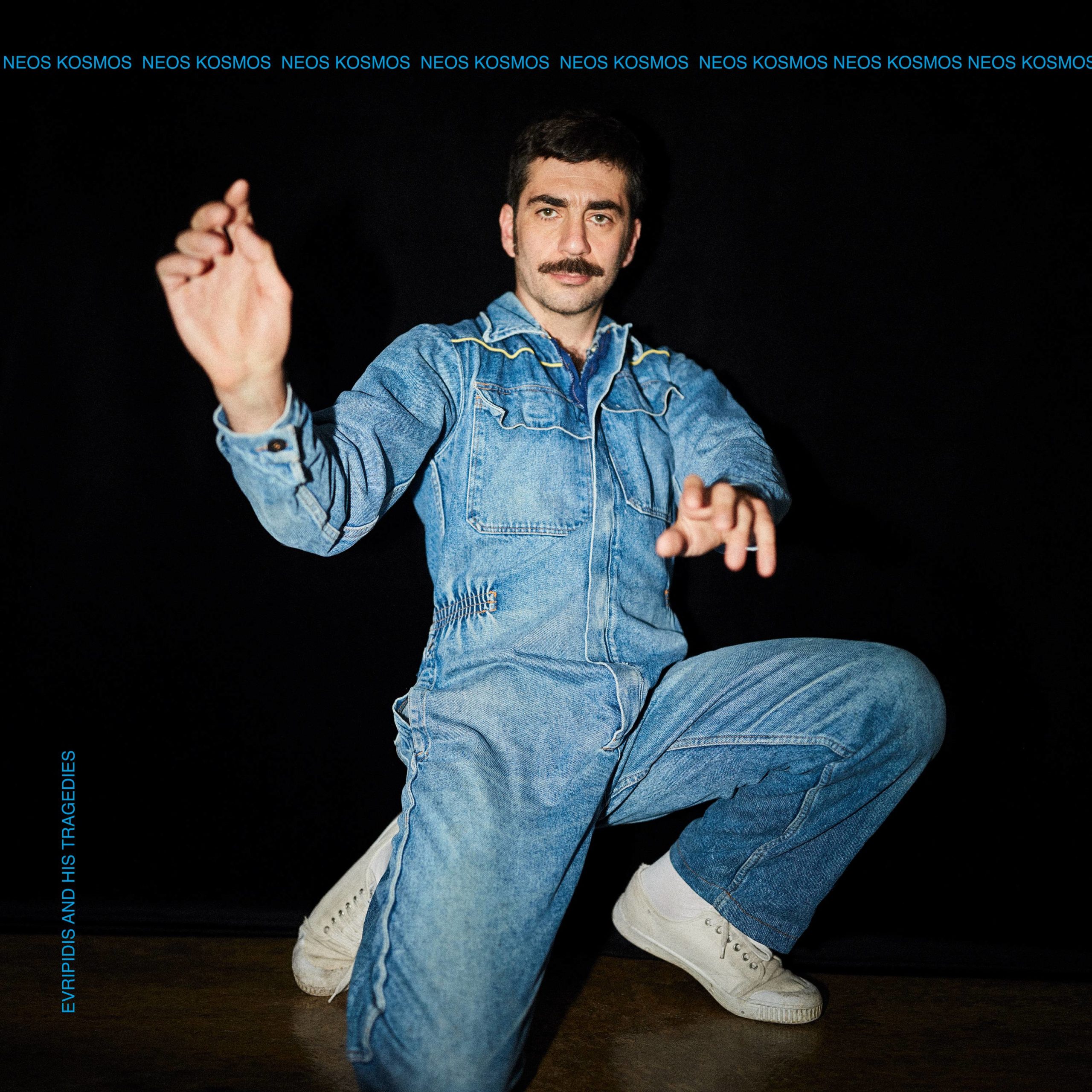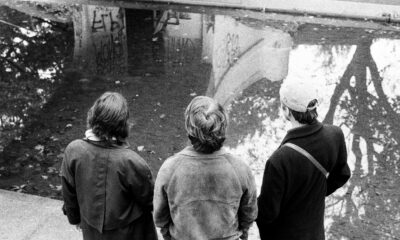Indie
UnCovered: Evripidis and His Tragedies Discusses the Magnificent ‘Neos Kosmos’ Cover Artwork
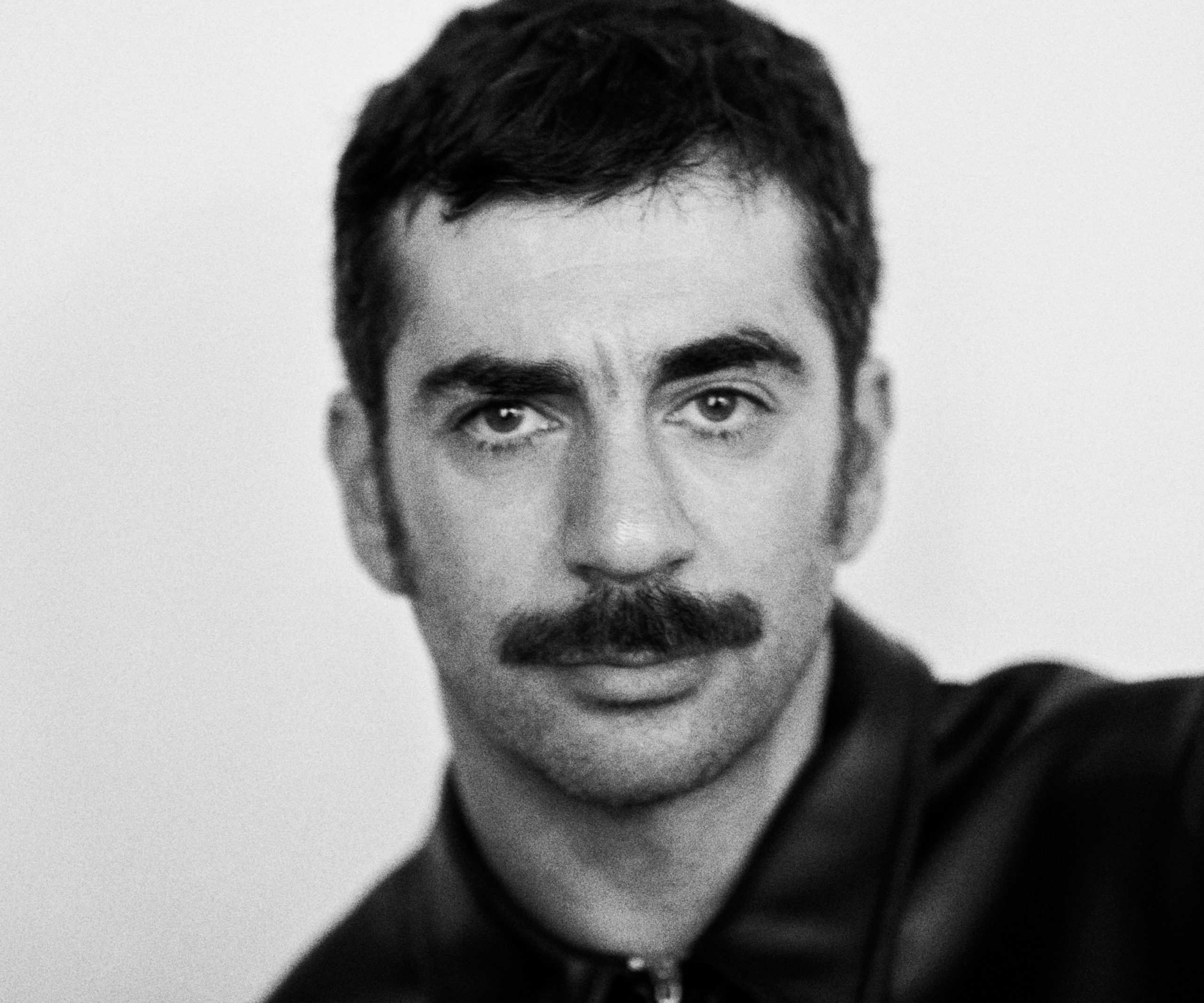
Evripidis and His Tragedies may sound like the collection of writings of an ancient Greek philosopher, which, may be not as far off as you think… Evripidis Sabatis is a queer indie artist, born in Athens, and now based in Barcelona who has chosen Evripidis and His Tragedies to serve as the name in which he uses to release music.
He recently released his brand new music video for “Bitter,” the latest song to come off of his album Neos Kosmos, released this past March. “Bitter” features a special guest appearance from Greg Goldberg from pop duo The Ballet on vocals, with the accompanying video tapping into a certain droll sense of humour. The clip is based on the adventures of the notorious serial killer Jeffrey Dahmer, which may give you a slight indication of Evripidis’ eccentric sense of humour. That same tone prevails throughout the album, with the songs honing in on a self-sarcastic, dark humour, that really emphasizes his knack for combining his storytelling skills, with a queer sensibility.
Just like its ten tracks, the album artwork for Neos Kosmos leans on the offbeat side of things. It features a somewhat amusing look at Evripidis, in an unusual pose that really affirms the artistic and human side of him. For our latest UnCovered, we connected with Evripidis to discuss the creation of the artwork, working with photographer Daniel Riera, and his general point of view when it comes to album artwork.
What was the inspiration for the album’s cover artwork?
Evripidis Sabatis: “The concept of dancing, while on the verge of being engulfed by the void.”
The artwork for Neos Kosmos is crazy-cool. Tell us about the artist and how you found him?
“Daniel Riera is a well known Spanish photographer. I got to know his work by publications such as BUTT or Fantastic Man, as well as a legendary mid-2000s Barcelona free press called Suite. I think ten years ago he took a photo of me for a magazine. We got along well and became friends. Since then he has shot three covers of mine, countless promo photos and two music videos, ‘Your Dreams’ and ‘1959.’”
Please elaborate on the medium(s) used when creating Neos Kosmos. We’d love to know how the artwork was created.
“The artwork of the vinyl edition combines photography by Daniel Riera, illustrations by me and my partner Marc Ribera and graphic design by Ico Mateo. My illustrations are made with coloured ink or paper cuts, while Marc used pastels. Ico had this idea to recreate my phone’s camera roll in the inner poster, so we included there drawings, photos, video stills and even a flyer. The other side of the poster includes a chaotic illustration of a diverse crowd consisting of happy monsters dancing their heart out-exactly the kind of activity we missed during this year and a half of pandemic.”
What were the partnership’s dynamics like? For example, was a specific look given, or did Daniel have full free range?
“We discussed with Daniel about the clothes, he notched all my proposals that seemed a bit too plain and decided to go with an old denim overall of mine for one look and a patterned shirt of his with an almost white jean for the other. Daniel likes to ‘steal moments’ so he made me dance and move around, in his studio and in my patio, documenting the whole process.”
Would you consider Daniel a close collaborator, or someone contracted for just this piece?
“Daniel and Ico have already collaborated in three LPs of mine. Daniel has also shot me promo shots and two videos, and Ico has designed a 7-inch single of mine. I would not call them band members since none of them plays music. On the other hand, Marc Ribera is a regular musical collaborator since he has been an active part in many of my songs, either playing the musical saw, singing or helping with the recording, plus we have played live together innumerable times.”
Did Daniel or anyone else hear the album before hand? Or, what kind of input did you give him/her?
“Yes, all the artists involved listened to the album beforehand.”
Have you ever purchased an album solely because of its album artwork? If yes, did the music live up to the artwork?
“I bought When I Said I Wanted To Be Your Dog by Jens Lekman without knowing anything about the artist, just because the cover photo captivated me. The music definitely lived up to the artwork. From the first time I listened to the record, I knew I had found one of my favourite artists ever.”
With the increasing popularity of digital music, most fans view artwork as just pixels on a screen. Why did you feel the artwork was important?
“Because I do publish my records on a vinyl and CD format and I want to offer a beautiful physical item every time I release one. That’s why I include a poster, various photos and drawings. I want my records to be a feast for the eyes, not only for the ears.”
When people look at the album cover artwork, what do you want them to see/think?
“I want them to feel puzzled, mesmerized, with a need to know what the album sounds like.”
Have any favourite music-related visual artists?
“Nan Goldin’s The Ballad of Sexual Dependency is set to music and it cut deeply into my soul when I watched it.”
What are your thoughts and/or the pros and cons about digital art versus non-digital?
“Digital art is energy consuming, thus detrimental for the environment. Also the whole NFT thing sounds to me like creating a massive bubble of speculation. Apart from all this, I believe digital art can be brilliant. It’s a sign of our times anyway.”
What do you think are some of the cover artworks that have translated best/worst onto t-shirts and other merch?
“Joy Division’s Unknown Pleasures, The Velvet Underground and Nico’s debut or Sonic Youth’s Goo covers translate perfectly on a t-shirt, they are incredibly iconic and have been used to the point of exhaustion.
I don’t like covers featuring the artists’ photos on merchandise, that’s why I can’t imagine my own covers translating well on a t-shirt, that’s why I am making individual drawings for my merchandise.”
Do you prefer having the most creative control when you get a project, or do you prefer when those you collaborate with give you a lot of input?
“I don’t have a band anymore. For Neos Kosmos I mostly counted on the input my partner Marc Ribera (he is in a project called Doble Pletina and has a great taste in music) and my producer Sergio Pérez gave me. I am open to suggestions but usually I have quite strong opinions until I start feeling insecure… and then I develop a strong opinion again. In general I tend to be more in control when it comes to music and I am more open to suggestions when it comes to the visual part, after all, that is the reason I collaborate with visual artists instead of designing everything myself. I love seeing how another person translates my music and lyrics into visual artwork.”
Was the Neos Kosmos artwork influenced by any of the themes explored on the album?
“There are recurring themes throughout the album: mental health, uncertainty for the future, friendship and love. Another thing that is characteristic, sonically, is a general sense of movement. This is my most danceable record to date and the cover captures me frozen while doing a some crazy dance move on the floor. Strangely, it doesn’t really look as if I were dancing. Furthermore, all the artwork inside was created during the months of the lockdown, inside the safe haven that was our flat, in context of a fragile domestic bliss while danger lurks outside the walls, another recurring theme in the songs.”
How do you think the album art will affect the listener’s perception of your album?
“I am not sure. I guess the relationship between the sound and the image is open to interpretations. I intentionally decided to stay away from ‘80s inspired aesthetics and focus on personal iconography like my drawings or elements from the current times-the telephone camera roll on the inner poster being one of them. I believe that by observing the artwork, the listener will soon get the idea that the album is a very personal autobiographical affair where darkness and the joy of living, tears and laughter, melancholia and humor co-exist.”
Is the art for Neos Kosmos related to any of your previous album cover artwork?
“No, not really, apart from the fact that I chose, on my three latest LPs, to put myself alone on the cover, without too many props (like I did in my debut) or without a crowd of collaborators (like I did in A Healthy Dose of Pain LP).”
When it came time to come up with artwork, did you offer guidance or was this just a natural brainstorm?
“I always have some initial idea but then we develop the project together. Daniel as a photographer is very relaxed and allows the unexpected to create magic. When we had the photos, Ico and I discussed a way to make the most of them, since we had very nice material, and Ico came up with the idea of the camera roll. When we had this decided, more ideas about what to include came naturally.”
What’s your favourite thing about this album cover?
“I love how it raises questions. What I am really doing? Am I dancing? Am I kneeling stoically before an impending doom, probably the meteorite that is referenced in my song ‘Melancholia?’ Am I a wizard or hypnotist trying to cast some spell on the viewer? Am I channeling the Christ Pantocrator (The Almighty) found in the apse of many a medieval church? My face is without an expression but my eyes are looking directly at you, trying to pierce your soul. The perspective creates strange effects, one hand and one leg look unnaturally large. Nothing seems to make really sense but somehow it does.”
Did Daniel work on any art for the album besides the cover?
“Daniel Riera’s photos were used in the back cover and the insert poster.”
Do you have a favourite album cover of all time?
“The Velvet Underground & Nico. That iconic banana by Andy Warhol. Iconic, sexy, minimal and unforgettable. The same applies to its music. It’s impossible to get over this piece of art.”
-

 Alternative/Rock12 hours ago
Alternative/Rock12 hours agoThe V13 Fix #010 w/ High on Fire, NOFX, My Dying Bride and more
-

 Hardcore/Punk1 week ago
Hardcore/Punk1 week agoHastings Beat Punks Kid Kapichi Vent Their Frustrations at Leeds Beckett University [Photos]
-
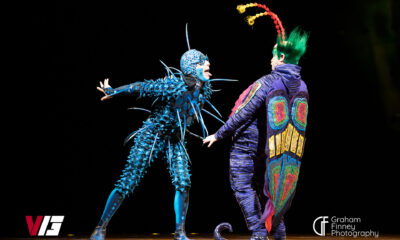
 Culture1 week ago
Culture1 week agoCirque Du Soleil OVO Takes Leeds Fans on a Unique, Unforgettable Journey [Photos]
-

 Alternative/Rock6 days ago
Alternative/Rock6 days agoA Rejuvenated Dream State are ‘Still Dreaming’ as They Bounce Into Manchester YES [Photos]
-

 Music1 day ago
Music1 day agoReclusive Producer Stumbleine Premieres Beat-Driven New Single “Cinderhaze”
-
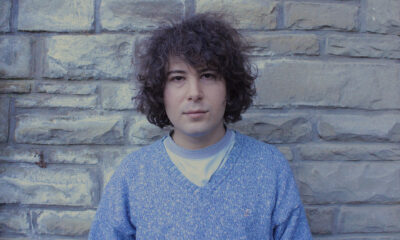
 Indie1 week ago
Indie1 week agoMichele Ducci Premieres Bouncy New Single “You Lay the Path by Walking on it”
-

 Culture2 days ago
Culture2 days agoDan Carter & George Miller Chat Foodinati Live, Heavy Metal Charities and Pre-Gig Meals
-

 Alternative/Rock1 week ago
Alternative/Rock1 week agoWilliam Edward Thompson Premieres His Stripped-Down “Sleep Test” Music Video

